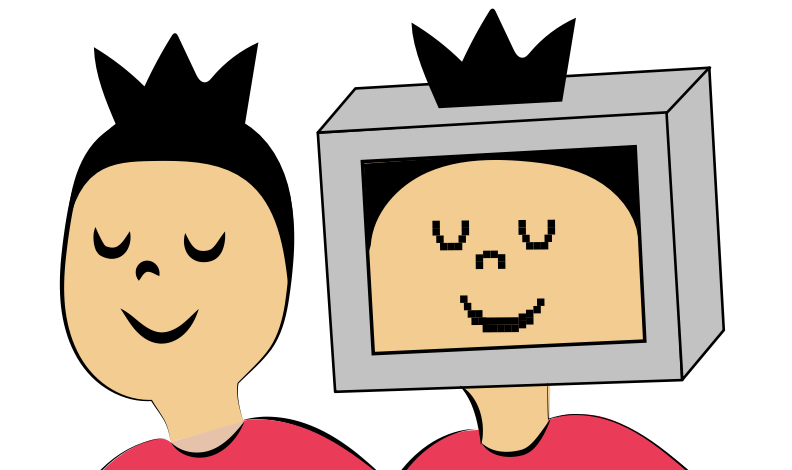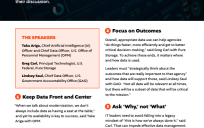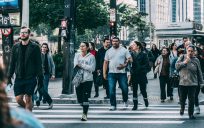The concept of digital twins, which has been around for years, is gaining traction as agencies gather better data and vendors develop better tools.
The U.S. Government Accountability Office defines a digital twin as a virtual representation of a physical object, process or system. The idea is to use this simulated environment to test potential changes to the real-world environment.
For example, a city could use a digital twin to look at how a proposed construction project would affect traffic patterns. The city could test different detours to see which might best mitigate traffic snarls.
In that vein, a public/private partnership in Orlando has developed a digital twin of the region that can be used to test new transit routes, plan for the effects of climate change or improve disaster response and recovery plans.
On a more global scale — literally — the National Oceanic and Atmospheric Administration (NOAA) is building a digital twin of Earth to give NOAA scientists and researchers a high-resolution view of conditions worldwide. Over time, the twin could help scientists better predict how conditions might evolve.
Artificial intelligence and machine learning are driving the development of more powerful digital twins. However, the use of twins in some areas, such as health care, hinge on the development of clear privacy policies.
This article appears in our guide “How to Change Things Up (and Make It Stick).” To read more about ways to innovate successfully, download it here:





Leave a Reply
You must be logged in to post a comment.